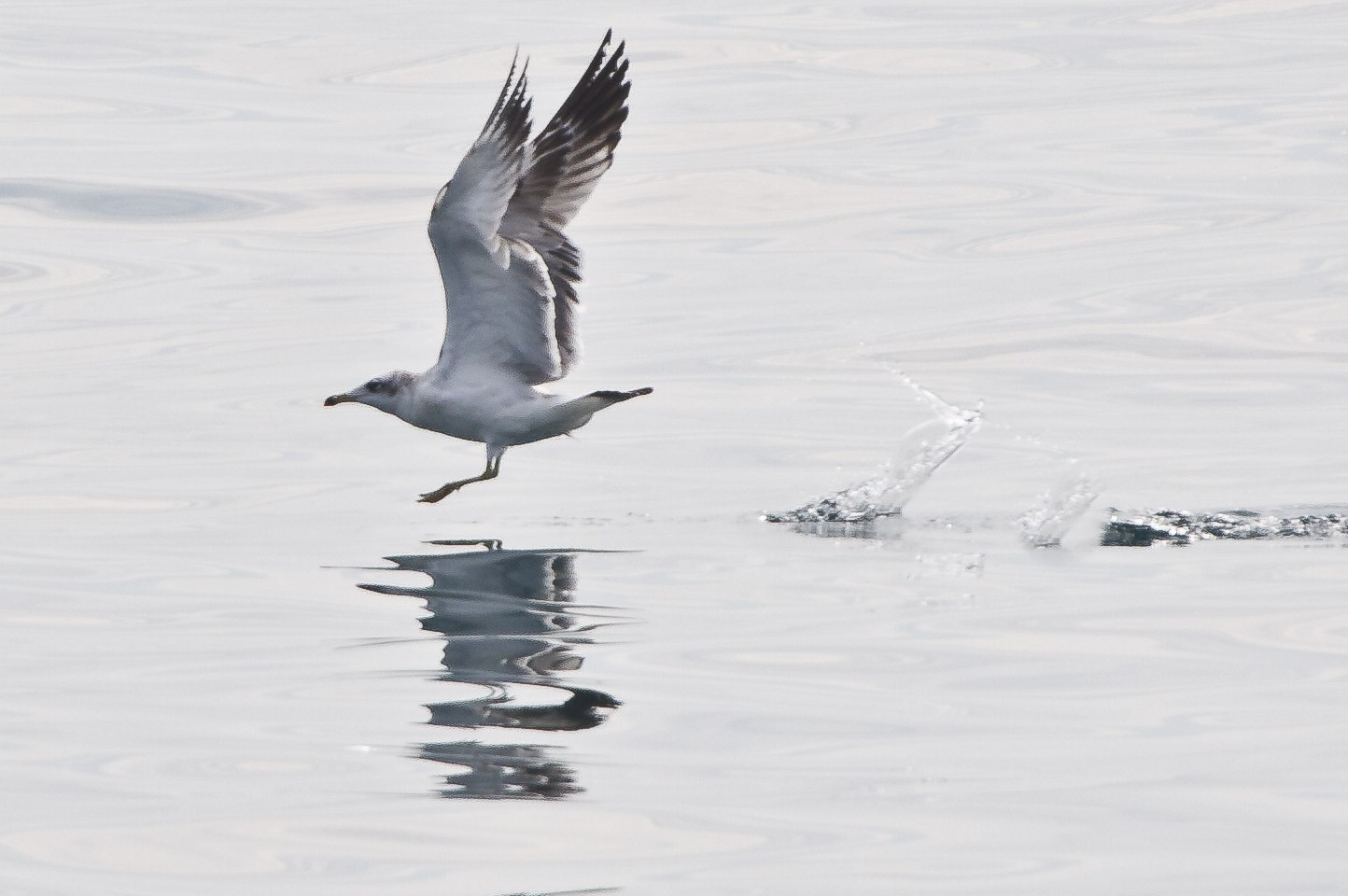Pallas's Gull
A species of Large black-headed gulls Scientific name : Ichthyaetus ichthyaetus Genus : Large black-headed gulls
Pallas's Gull, A species of Large black-headed gulls
Botanical name: Ichthyaetus ichthyaetus
Genus: Large black-headed gulls
Content
Description General Info
Description
This is a very large gull, being easily the world's largest black-headed gull and the third largest species of gull in the world, after the great black-backed gull and the glaucous gull. It measures 55–72 cm (22–28 in) in length with a 142 to 170 cm (56 to 67 in) wingspan. Weight can vary from 0.96–2.1 kg (2.1–4.6 lb), with an average of 1.6 kg (3.5 lb) in males and 1.22 kg (2.7 lb) in females. Among standard measurements, the wing chord is 43.5 to 52 cm (17.1 to 20.5 in), the bill is 4.7 to 7.3 cm (1.9 to 2.9 in) and the tarsus is 6.5 to 8.4 cm (2.6 to 3.3 in). Summer adults are unmistakable, since no other gull of this size has a black hood. The adults have grey wings and back, with conspicuous white "mirrors" at the wing tips. The legs are yellow and the bill is orangey-yellow with a red tip. In all other plumages, a dark mask through the eye indicates the vestiges of the hood. The call is a deep aargh cry. Young birds attain largely grey upperparts quite rapidly, but they take four years to reach maturity. 
Size
72 cm
Life Expectancy
9 years
Nest Placement
Cliff
Feeding Habits
Pallas's Gull is primarily piscivorous, consuming a wide variety of fish, often scavenging for dead ones, along with crustaceans and insects. This bird also hunts small mammals, birds, reptiles, and rodents. Opportunistically, pallas's Gull may consume seeds and fish offal, exhibiting diverse feeding behaviors.
Habitat
Pallas's Gull typically inhabits coastal areas, major river systems, and is commonly associated with human-modified environments such as harbors and rubbish dumps. This bird species often breeds on barren islands, favoring both freshwater and saline lakes, as well as inland seas situated in arid regions. The broader geographical distribution of pallas's Gull includes a variety of landscapes where water bodies are present, indicating its preference for environments with ample foraging opportunities provided by aquatic ecosystems.
Dite type
Piscivorous
General Info
Feeding Habits
Bird food type
Distribution Area
This species breeds in colonies in marshes and islands from southern Russia to Mongolia. It is migratory, wintering in the eastern Mediterranean, Arabia and India. This gull nests on the ground, laying between two and four eggs. It occurs in western Europe only as a rare vagrant. In Great Britain a recent review left a single occurrence in 1859 as the only acceptable record of this bird. The species also occurs as a vagrant in differing parts of the Indian Ocean, south of its normal range, and along the northern and eastern coasts of Africa, where it visits annually on an irregular basis. 
Scientific Classification
Phylum
Chordates Class
Birds Order
Shorebirds Family
Gulls Genus
Large black-headed gulls Species
Pallas's Gull 